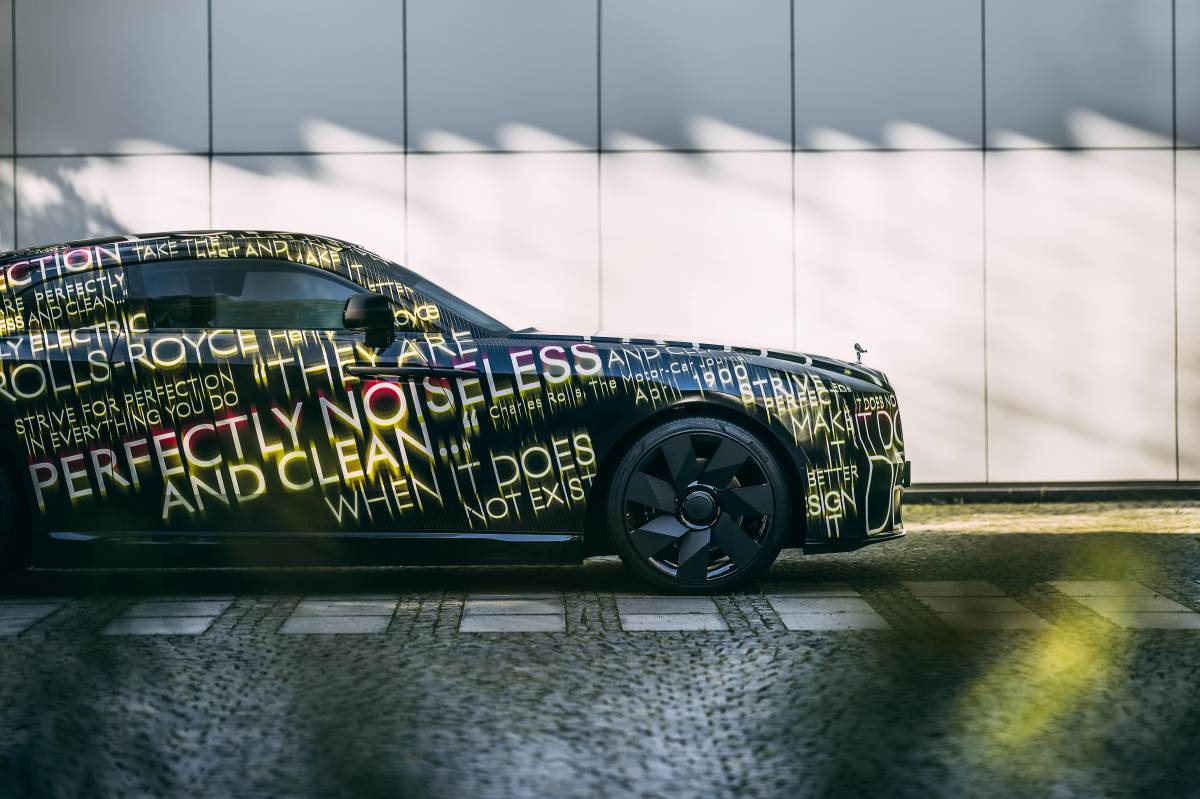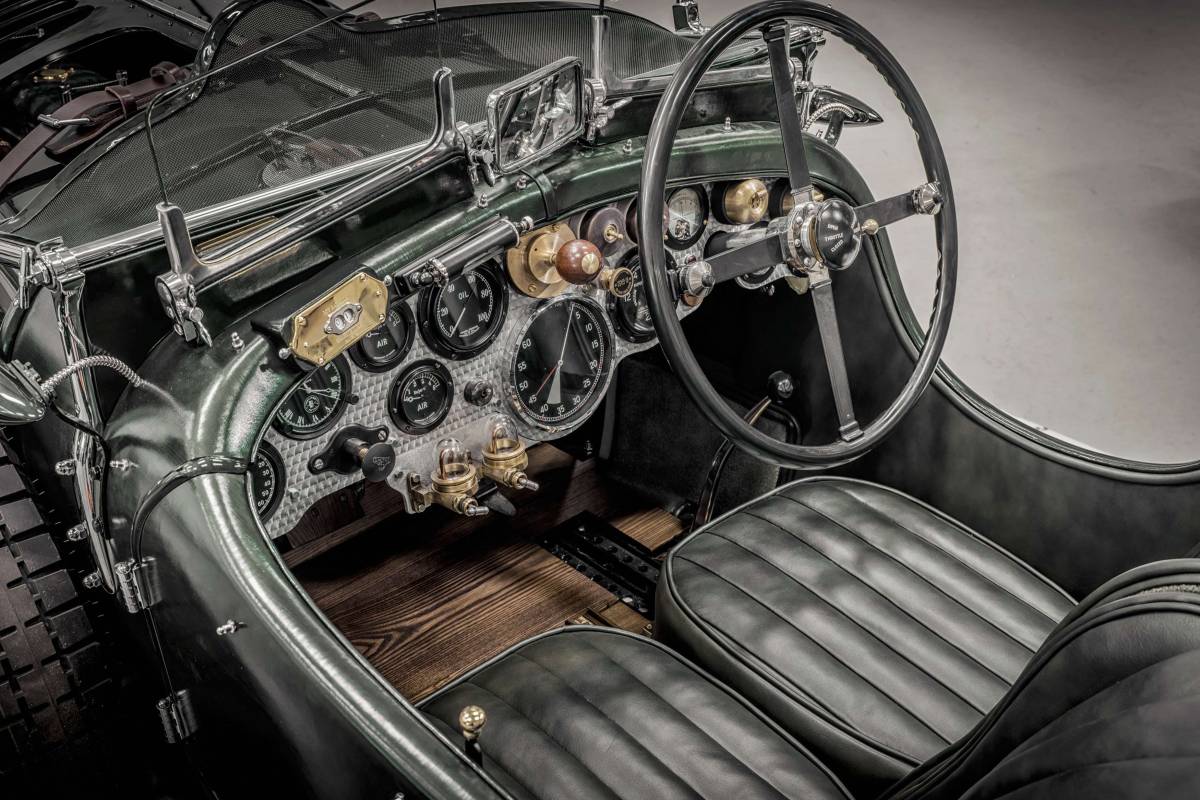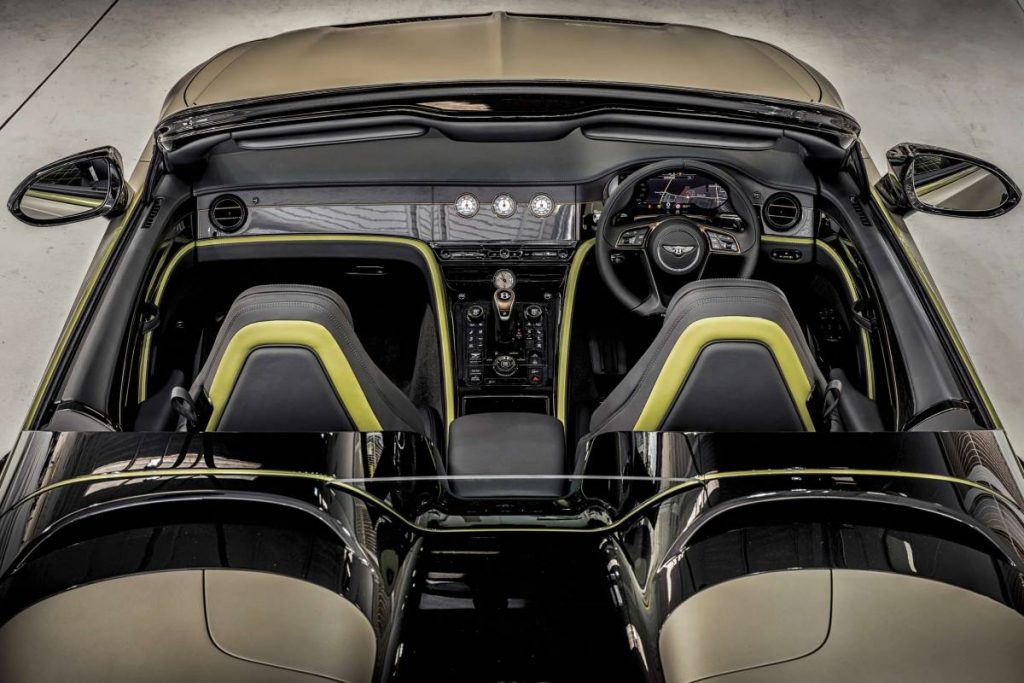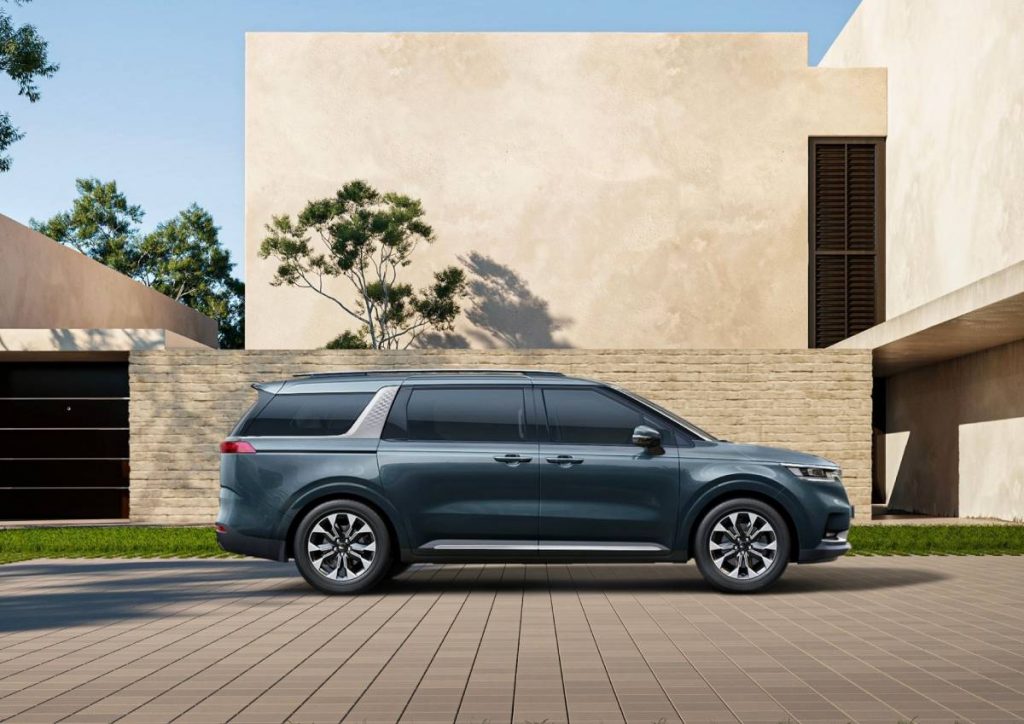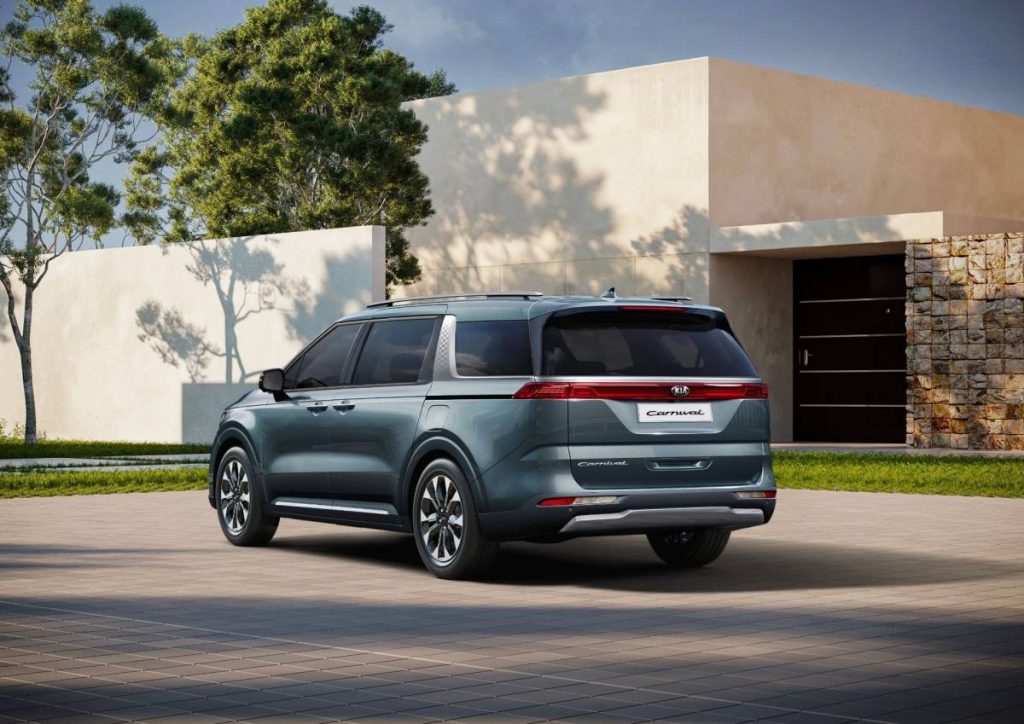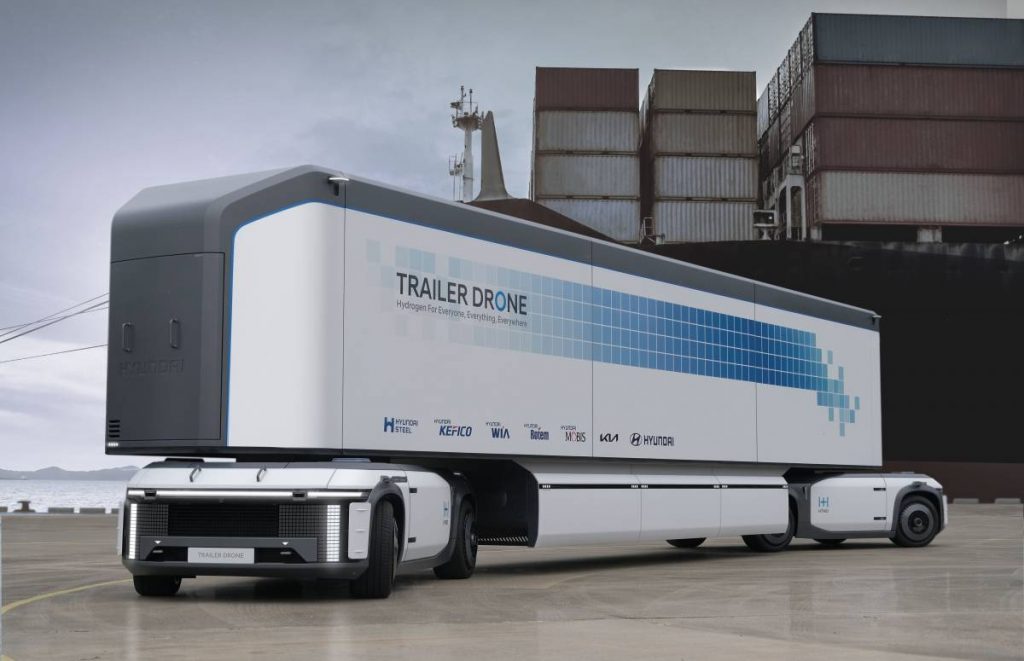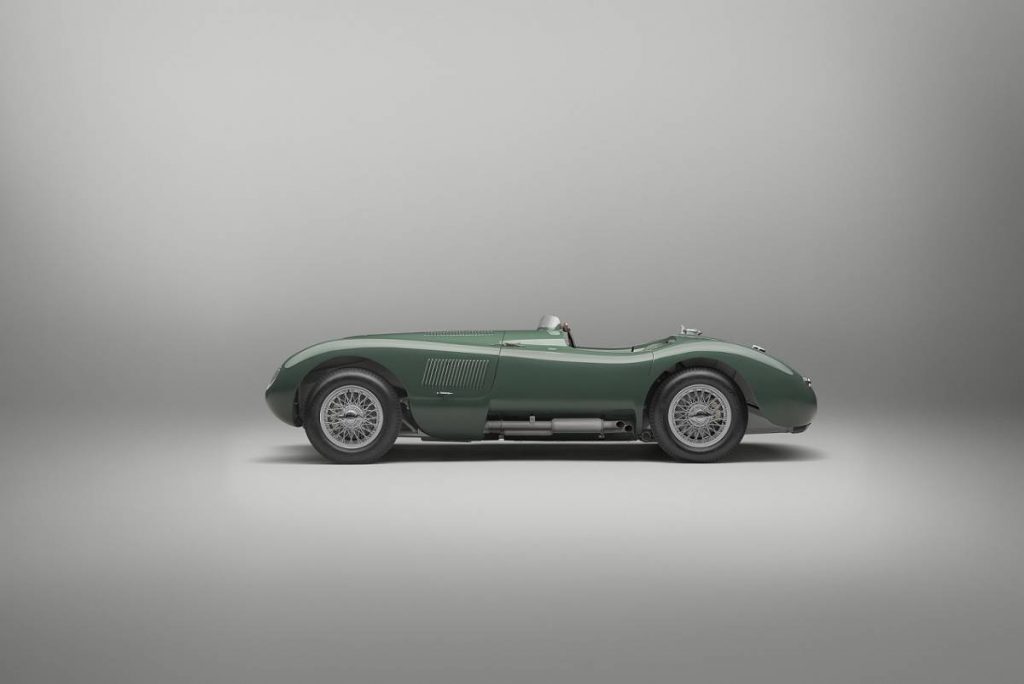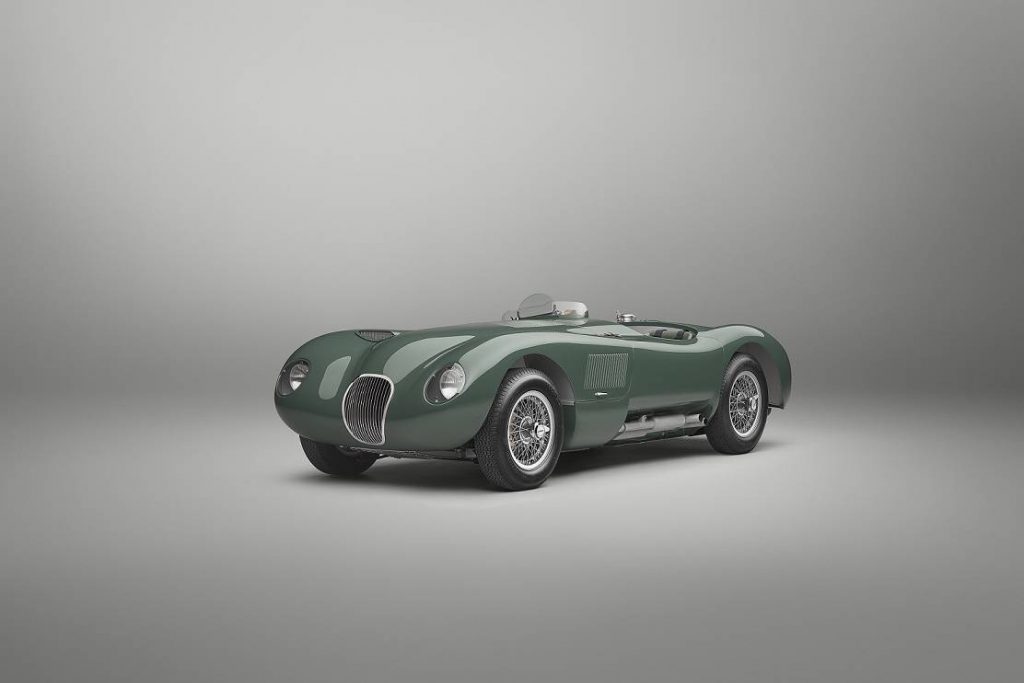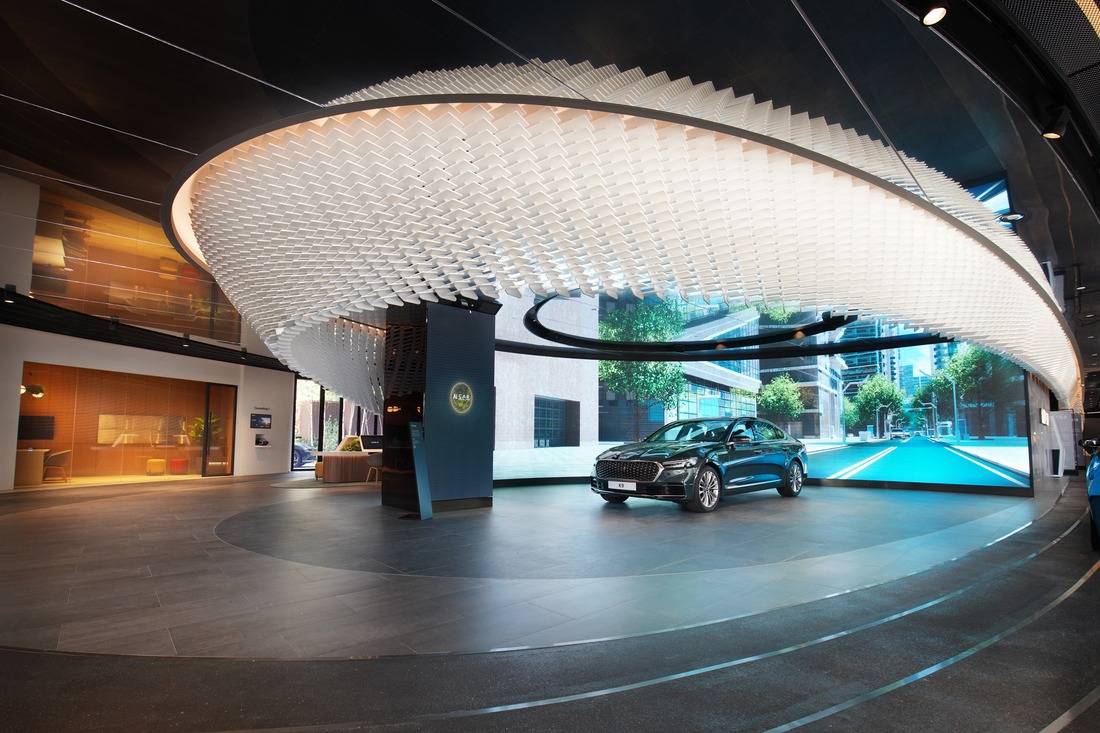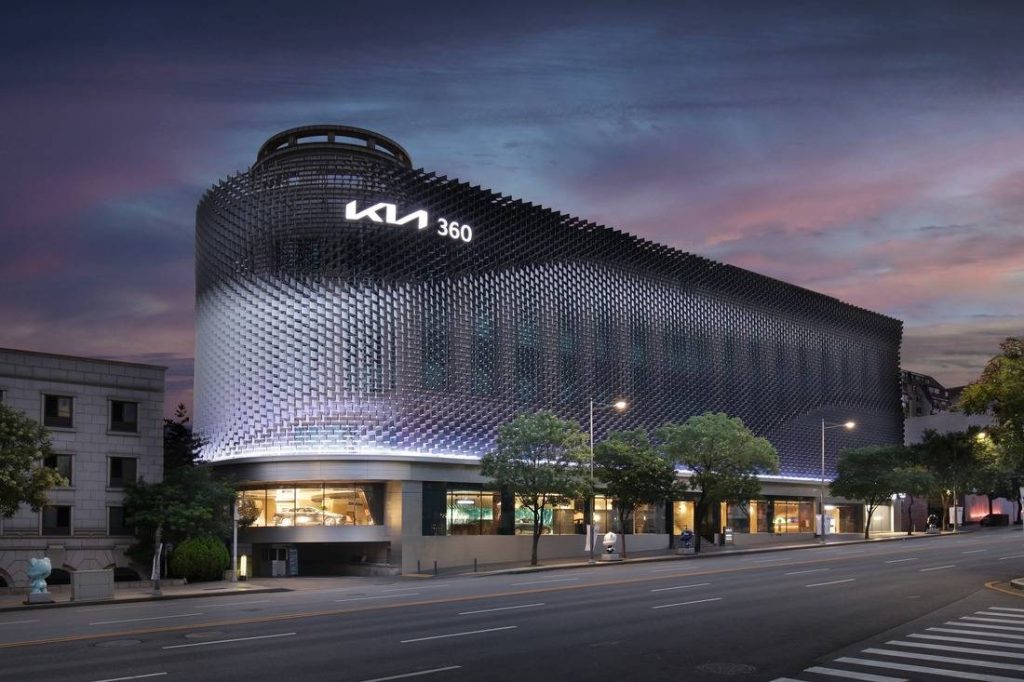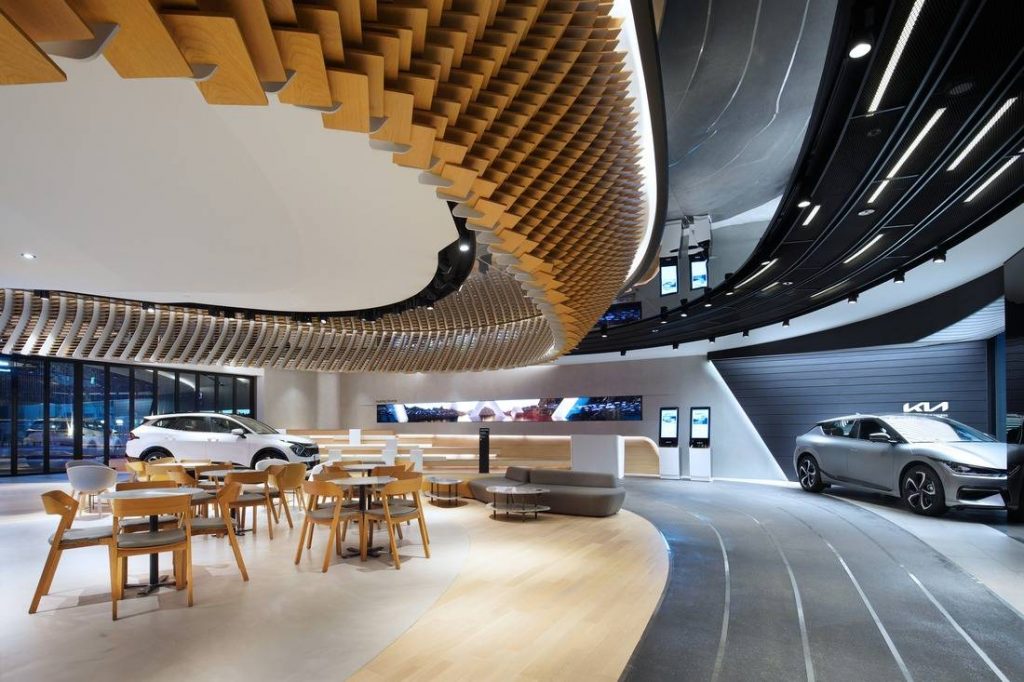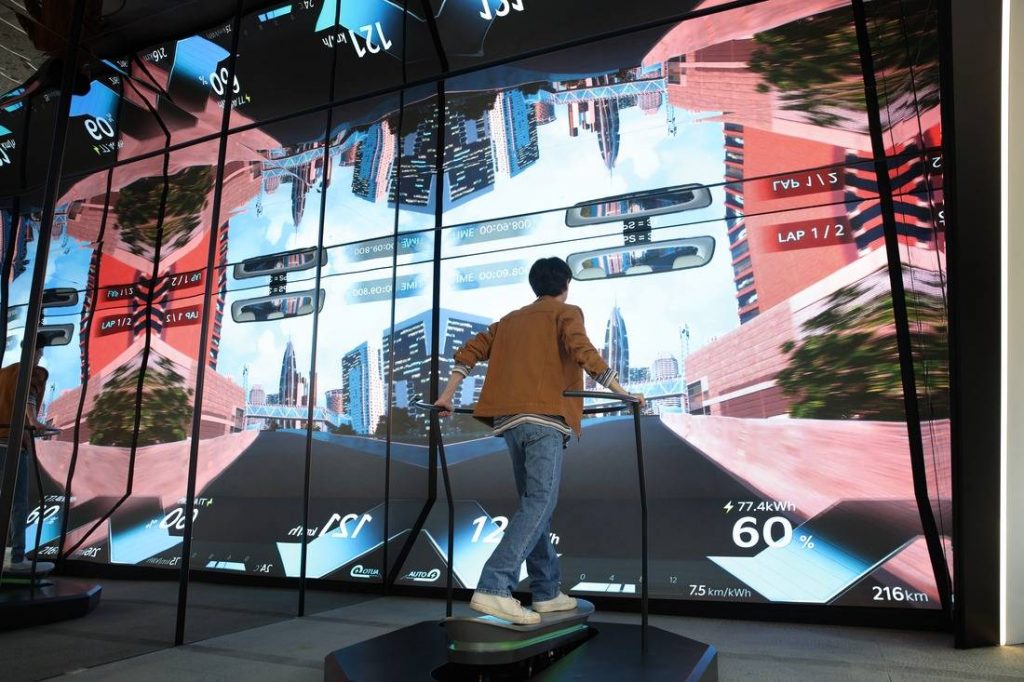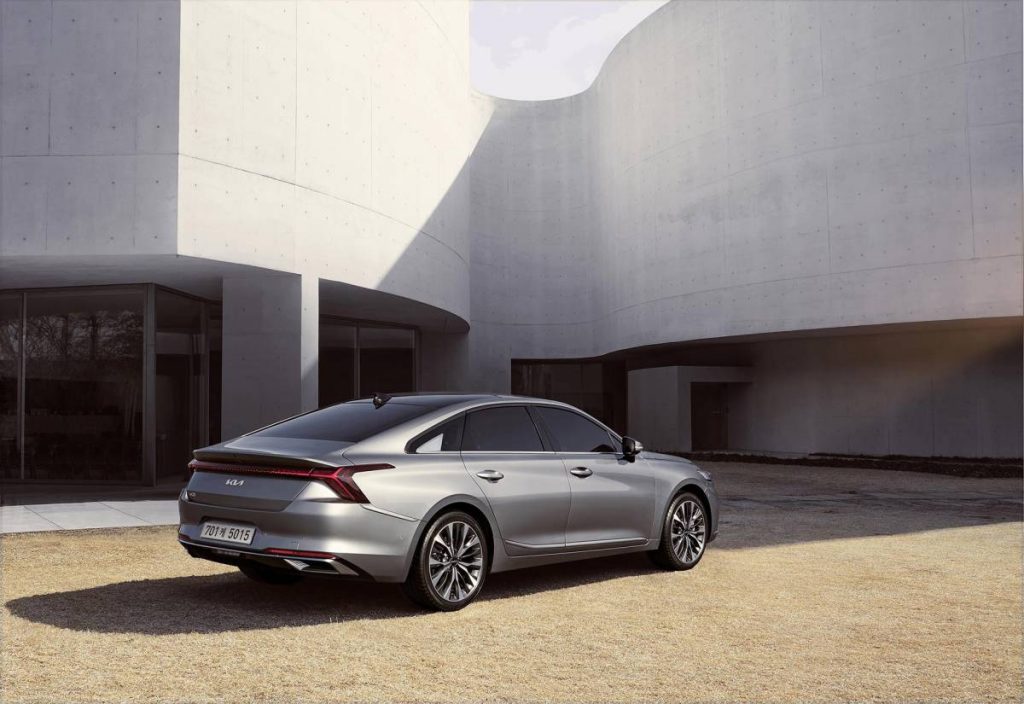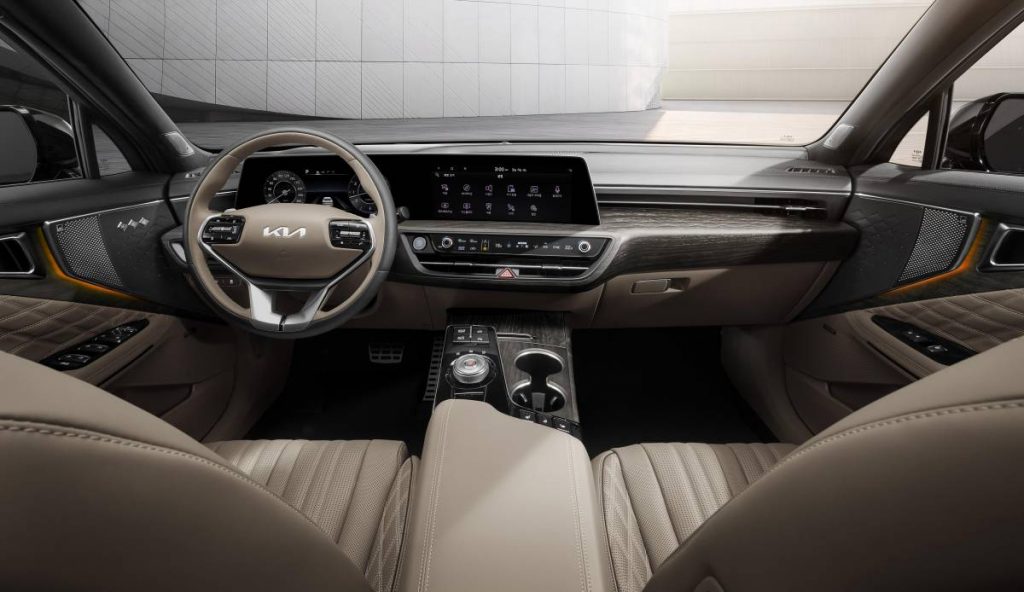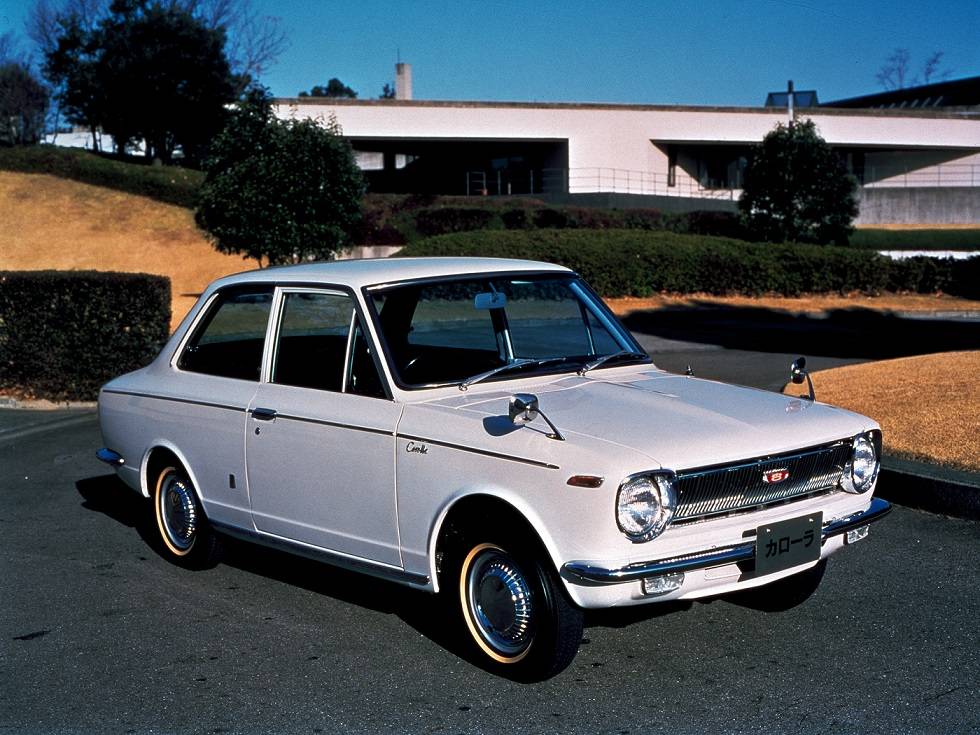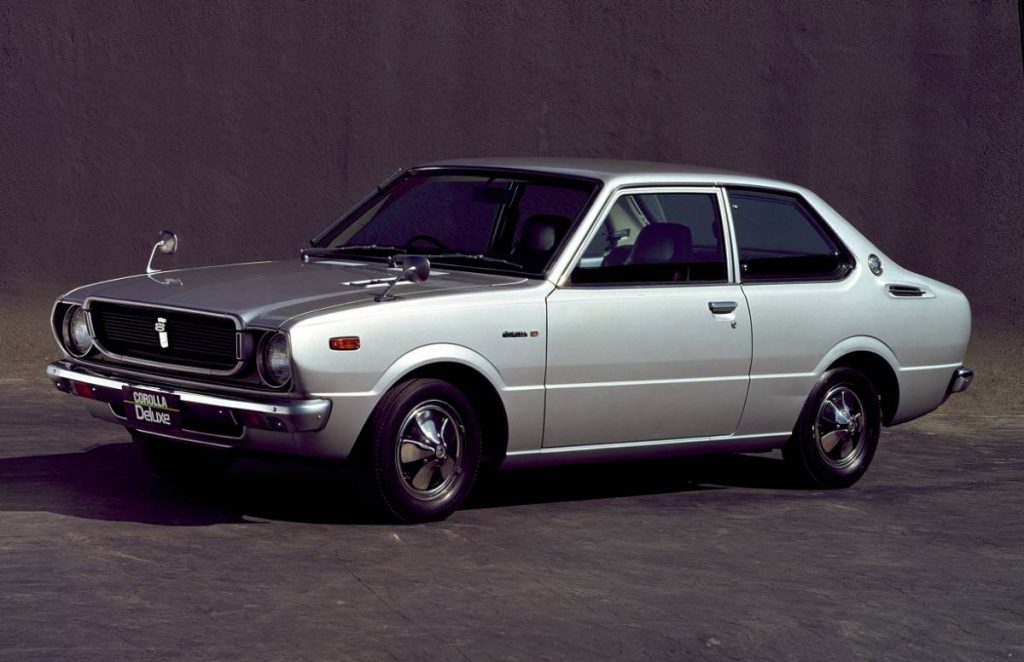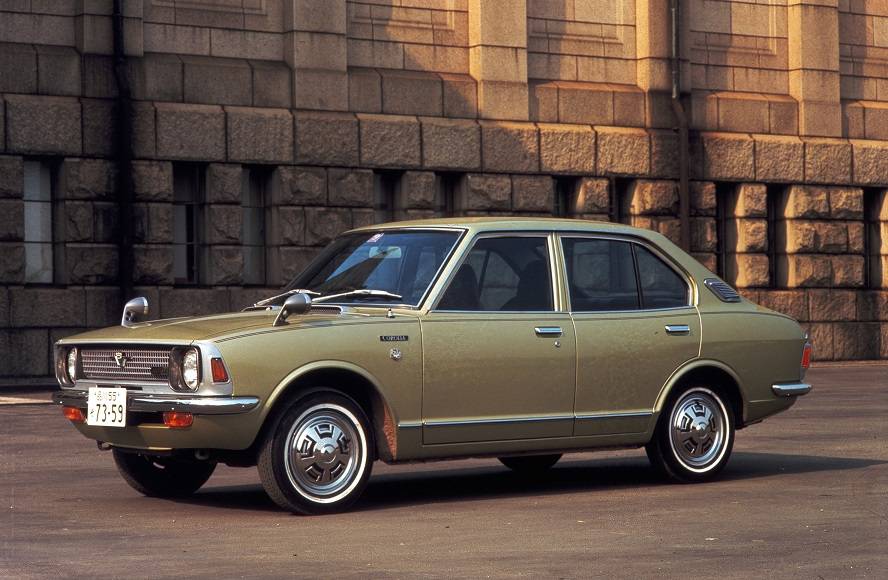Electric Rolls-Royce fulfils the 1900 prophecy of the marque’s founder, Charles Rolls..reports Asian Lite News
In an historic announcement, Rolls-Royce Motor Cars announced today, that on-road testing of its first fully electric motor car is imminent. In announcing this seminal moment for the marque, Rolls-Royce Motor Cars Chief Executive Officer, Torsten Müller-Ötvös, said:
“Today is the most significant day in the history of Rolls-Royce Motor Cars since 4th May, 1904. On that date, our founding fathers, Charles Rolls and Sir Henry Royce, first met and agreed that they were going to create ‘the best motor car in the world’.
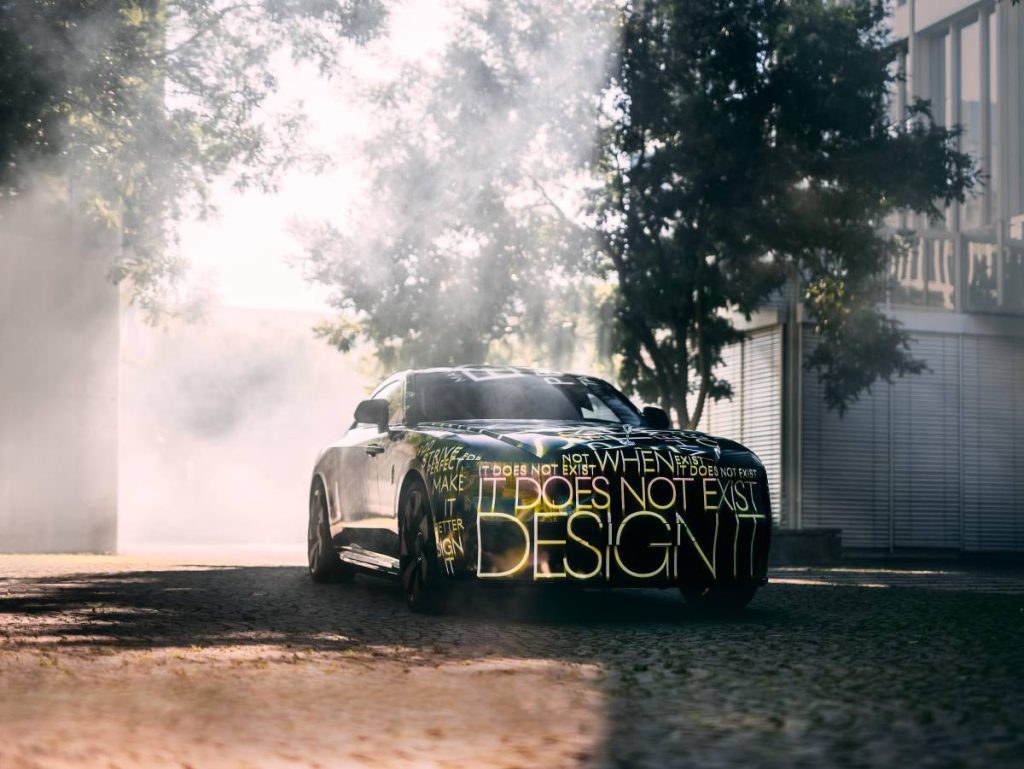
“Using the most advanced technology available to them at the time and by applying their remarkable engineering minds, these two pioneers elevated early internal combustion engine cars, from noisy, uncomfortable and rudimentary means of transportation, by setting a completely new benchmark of distinction.
“The cars they created, introduced to the world a true luxury experience and secured for Rolls-Royce the ultimate pinnacle position that it continues to occupy, unchallenged, to this day. The marque has continued to define the very best in internal combustion motoring for more than a century.
“Today, 117 years later, I am proud to announce that Rolls-Royce is to begin the on-road testing programme for an extraordinary new product that will elevate the global all-electric car revolution and create the first – and finest – super-luxury product of its type. This is not a prototype. It’s the real thing, it will be tested in plain sight and our clients will take first deliveries of the car in the fourth quarter of 2023.”
ALSO READ: Jaguar Land Rover to provide electrified fleet to COP26
A PROPHECY FULFILLED
“The use of electric motors is not a new concept for Rolls-Royce. Sir Henry Royce was fascinated by all things electrified, and his first venture, named F. H. Royce and Company, created dynamos, electric crane motors and patented the bayonet-style light bulb fitting.
“However, it was Charles Rolls who truly prophesied an electrified future for automobiles. In April 1900 he experienced an early electric motor car named the Columbia and declared its electric drive to be ideal.
“Rolls said, ‘The electric car is perfectly noiseless and clean. There is no smell or vibration, and they should become very useful when fixed charging stations can be arranged. But for now, I do not anticipate that they will be very serviceable – at least for many years to come.’
“Charles Rolls’ prophecy has been the subject of constant consideration during the marque’s Goodwood era. But we have not been satisfied that available technology could support the Rolls-Royce experience. Until now.
“Now is the time to change the course of the future of luxury.
“We embark on this bold new future with a huge advantage. Electric drive is uniquely and perfectly suited to Rolls-Royce Motor Cars, more so than any other automotive brand. It is silent, refined and creates torque almost instantly, going on to generate tremendous power. This is what we at Rolls-Royce call ‘waftability’.

“At Rolls-Royce, we have been experimenting with an electric powertrain for some time. In 2011 we revealed 102EX, a fully operational all-electric Phantom. We followed this in 2016 with our fully electric 103EX, which represented our vision for the marque several decades into the future.”
A PROMISE KEPT
“These extraordinary products prompted a huge amount of interest in electric powertrain technology amongst our clients. They considered it as the perfect fit for Rolls-Royce. And, over the past decade, I have been repeatedly asked, ‘When will Rolls-Royce go electric?’ and ‘When will you produce your first electric car?’
“I answered with an unambiguous promise: ‘Rolls-Royce will go electric, starting this decade.’ Today, I’m keeping my word.”
A REMARKABLE UNDERTAKING
“Charles Rolls’ prophecy and my promise have led us to a seminal moment for the marque. Rolls-Royce has embarked on an historic and unique undertaking, which today becomes a reality. Our designers and engineers have worked relentlessly to bring us here: we are now ready to commence road-testing of the first all-electric Rolls-Royce in history.
“This fundamental change in our powertrain technology requires that we challenge every single aspect of the product before we offer it to the most discerning and demanding individuals in the world – our Rolls-Royce clients.
“To do this, we have conceived the most demanding testing programme in Rolls-Royce’s history. We will cover 2.5 million kilometres – a simulation of more than 400 years of use for a Rolls-Royce, on average – and we will travel to all four corners of the world to push this new motor car to the limit.
“You will see these test cars on roads, around the world. Look out for them – they will be in plain sight. They will be tested in all conditions and over all terrains on their multi-million-mile journey – that will literally accelerate Rolls-Royce into the future.”
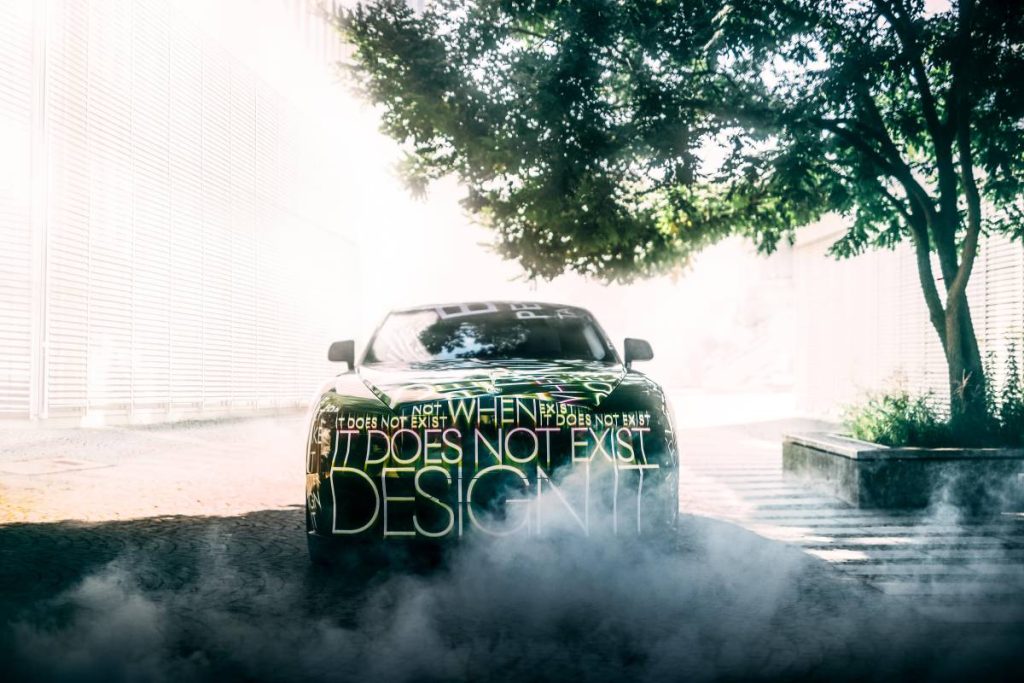
TRULY FLEXIBLE ARCHITECTURE OF OUR OWN
“In 2017, we debuted Phantom, and with it the marque’s proprietary aluminium architecture: a scalable and flexible spaceframe that would underpin all forthcoming Rolls-Royce motor cars. This unique technology – developed for Rolls-Royce by Rolls-Royce and reserved for the marque’s exclusive use – was created to form the foundation of not just different internal combustion engine models, as it now does with Cullinan and Ghost, but models with completely different powertrains.
“To this end, our forthcoming electric car benefits from the Rolls-Royce architecture and therefore the extraordinary experience of a Rolls-Royce on the road. Free of any group platform sharing strategy, we were able to integrate our plans for an electric powertrain into the architecture’s initial design and ensure that this extraordinary new product meets the extremely high expectations of our clients.”
A NEW NAME: A NEW LEGACY
“This Rolls-Royce is the fulfilment of a prophecy and it represents a promise kept as we embark upon a unique undertaking. It is the beginning of a new legacy for our brand. In that spirit, we have decided on a completely new name for this car. A name that is as powerful and evocative as the nameplates that have served us so perfectly for the past century – names like Phantom, Ghost and Wraith. It’s a name that perfectly fits the ethereal and other worldly environment within which our products exist – a name that we have reserved especially for this moment: Spectre.
“Spectre is a name given to otherworldly beings synonymous with great power and apparition; creatures of an alternative realm that make their presence felt through fleeting manifestation. A spectre forces the world to pause. It dominates the space it occupies. Then, as quickly as it appears, it dissipates, leaving a wake of exhilaration, energy, and intrigue.
“This name perfectly matches the extraordinary Rolls-Royce that we are announcing today – a motor car that makes its presence felt before disappearing into a world inaccessible to all but the very few. As a quintessentially British brand, we have selected the British spelling, however the meaning is universal.
AN EXTRAORDINARY FUTURE
“With this new product we set out our credentials for the full electrification of our entire product portfolio by 2030. By then, Rolls-Royce will no longer be in the business of producing or selling any internal combustion engine products.
“Spectre is the living fulfilment of Charles Rolls’ Prophecy. My Promise, made on behalf of Rolls-Royce Motor Cars, is kept. Now we begin a remarkable undertaking. I am proud that we will continue to propel the world’s most progressive and influential women and men into a brilliant, electrified future.”

